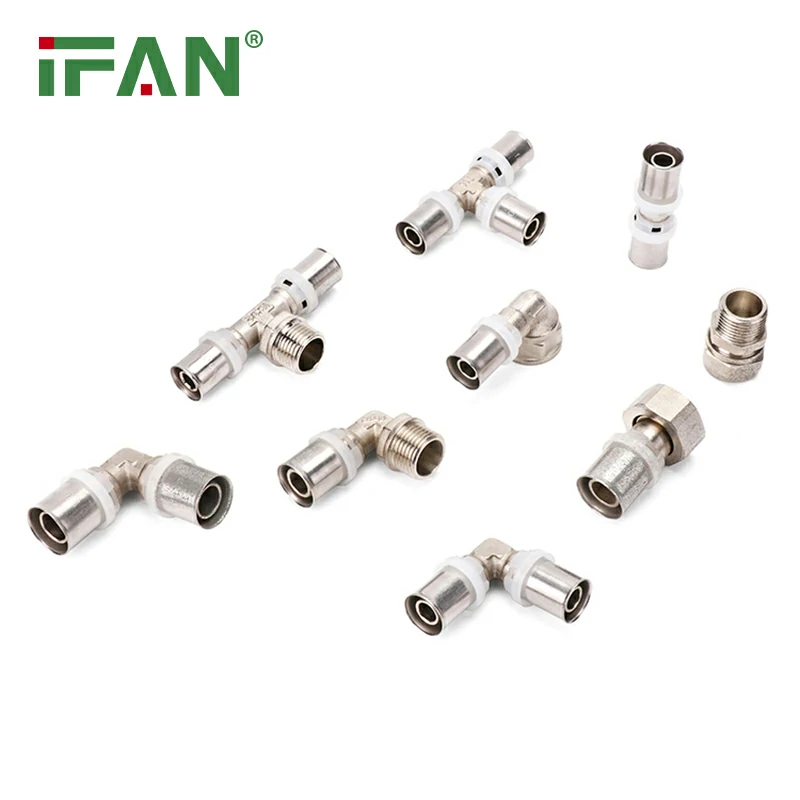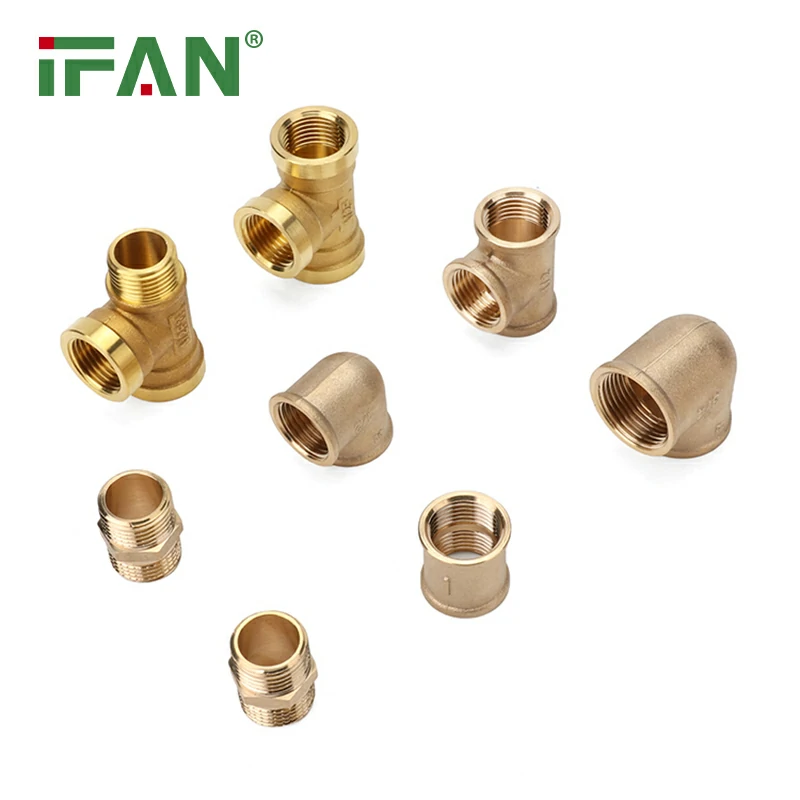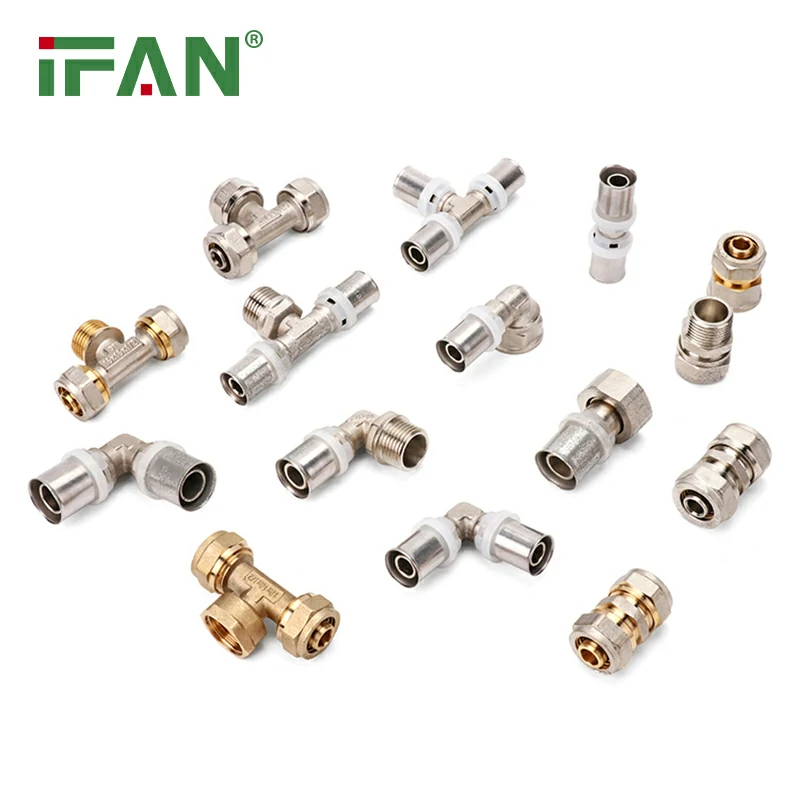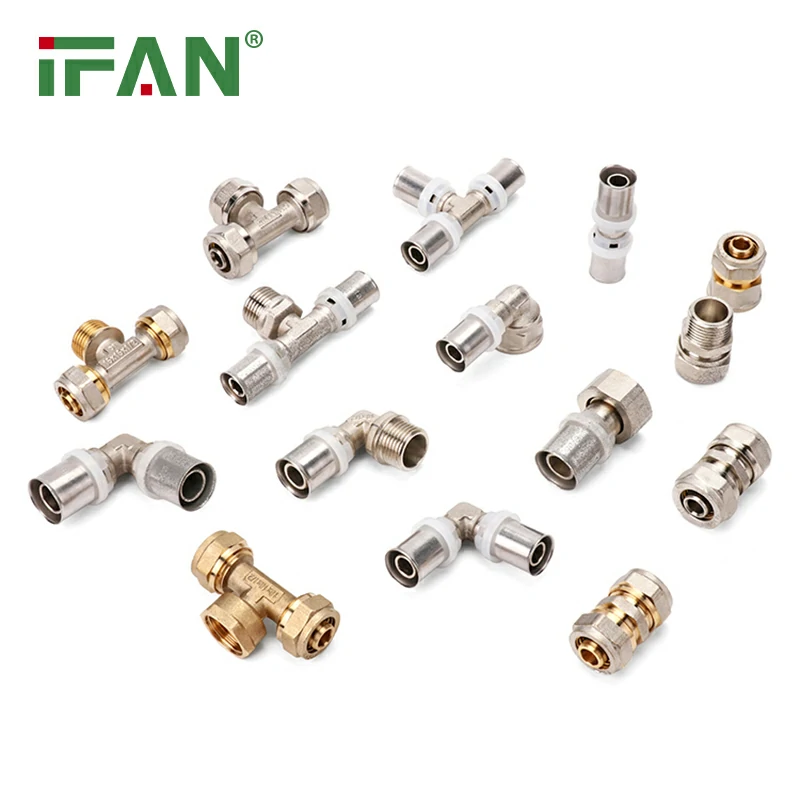To fix a PPR (polypropylene random copolymer) pipe, you will need some tools and materials such as a PPR pipe cutter, a deburring tool, PPR glue, and PPR fittings. Follow these steps:
- Turn off the water supply to the area where the damaged pipe is located and allow it to drain.
- Cut out the damaged section of the pipe using a PPR pipe cutter. Make sure that the cut is straight and clean to ensure proper fitting of the new pipe.
- Use a deburring tool to smooth out the edges of the newly cut pipe, removing any burrs or roughness that may interfere with the fitting.
- Insert an appropriate PPR fitting into each end of the cut pipe.
- Apply PPR glue to the inside of each fitting and to the outside of the pipe ends.
- Push the fittings firmly into place on each end of the cut pipe.
- Allow the glue to dry for at least 24 hours before turning the water supply back on and testing the repaired section for leaks.
It is important to note that PPR pipes should only be repaired using PPR fittings and glue, as other materials may not be compatible with the polypropylene material. Additionally, if you are not familiar with plumbing repairs, it may be best to hire a professional plumber to ensure proper repair and prevent further damage.
What tools and materials are needed for fixing a PPR pipe?
The tools and materials needed for fixing a PPR (polypropylene random) pipe include:
- PPR pipe cutter or hacksaw to cut the pipe to the desired length.
- Emery cloth or sandpaper to clean the ends of the pipes and fittings.
- PPR welding machine to fuse the pipes and fittings together.
- PPR primer and solvent cement for joining the pipes and fittings.
- Pipe wrench or pliers to tighten the connections.
- Replacement PPR fittings or pipes if necessary.
- Safety gear such as gloves and eye protection.
To fix a PPR pipe, first, turn off the water supply and drain any remaining water from the pipe. Cut out the damaged section of the pipe using a pipe cutter or hacksaw. Clean the ends of the remaining pipes and fittings with emery cloth or sandpaper. Then, use a PPR welding machine to fuse the new pipes and fittings together. Apply PPR primer and solvent cement to the pipe and fitting ends before joining them together. Tighten the connections with a pipe wrench or pliers. Finally, turn on the water supply and check for leaks.
Are there any safety precautions that should be followed when fixing a PPR pipe?
Yes, there are several safety precautions that should be followed when fixing a PPR (polypropylene random) pipe:
- Wear appropriate personal protective equipment (PPE), such as gloves and eye protection, to prevent injury from hot water or chemicals.
- Turn off the water supply and release any remaining pressure in the system before starting work.
- Use the correct tools for the job and follow the manufacturer’s instructions for using them safely.
- Always use PPR pipes and fittings of the same brand and type to ensure compatibility.
- Use a heating tool to melt the surface of the pipe and fittings before joining them together, but be careful not to overheat or burn the material.
- Allow sufficient time for the joint to cool and solidify before restoring water pressure to the system.
Remember to always prioritize safety when working with any plumbing system to prevent injury or damage to property.





